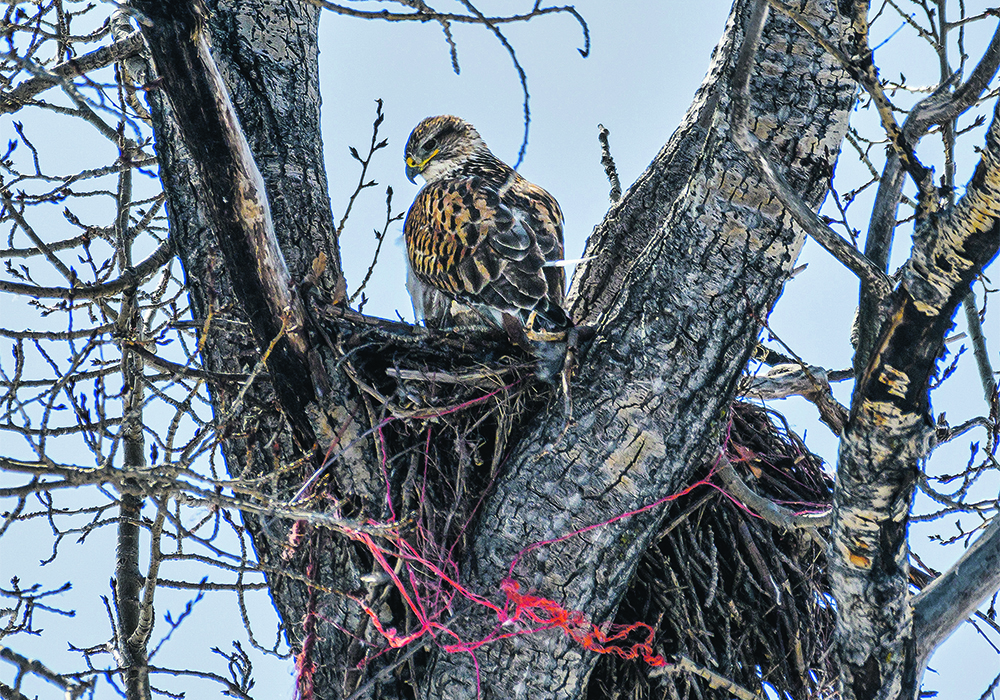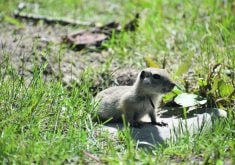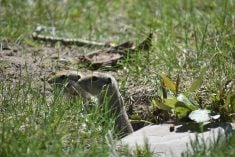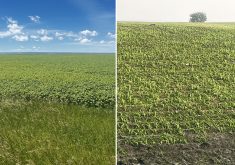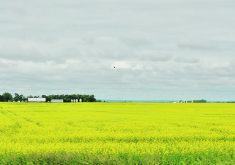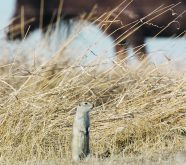Farmers who want natural predators to take care of their Richardson’s ground squirrels can call in the aerial specialists, ferruginous hawks.
The species is among three on the Prairies that feed on ground squirrels, or gophers. The other two are Swainson’s hawks and prairie falcons.
Ferruginous hawks are listed as threatened under federal legislation, endangered in Alberta and threatened in Manitoba, but not listed in Saskatchewan.
Brad Downey, biologist at the Alberta Conservation Association, said by helping ferruginous hawks establish nests, farmers can help themselves with gopher control.
Read Also

Russian wheat exports start to pick up the pace
Russia has had a slow start for its 2025-26 wheat export program, but the pace is starting to pick up and that is a bearish factor for prices.
Farmers and ranchers have been putting up hawk nesting poles in locations that favour both.
Downey said the number of breeding pairs in Alberta has increased from 618 in 2010 to 1,417 last year.
“These are the birds that are quite loved by ranchers and I think a lot of success in those numbers is there is a lot of food to eat but also a lot of stewardship activities going on,” he said.
Ferruginous hawks prefer areas of low disturbance. They’re often found at the end of shelterbelts or the edges of yards. They are the largest hawks in Canada with a wingspan of about 1.4 metres.
About 85 percent of the population is the light phase, Downey said, with an all-white front and rusty-red-coloured legs and back. They have a yellow cere above the beak and below the eye.
The dark phase of the bird also has the cere but is dark brown.
These hawks are also notable for being the only species with feathers down their legs.
Downey said they will nest in lots of locations, including in trees and on the ground, but the success of their nests is often limited by wind.
Often strong winds in late May will blow eggs and young birds out of nests. Downey described the experience of landowners who watched ferruginous hawks lose their nest in a flimsy tree two years in a row before grabbing it and installing it on a hawk pole.
“Lo and behold, the next year, the same pair came back and they nested on the hawk pole and produced five young,” he said.
When establishing a hawk nesting pole, landowners should choose sites away from other species like burrowing owls or sharp-tailed grouse. Downey suggested about two kilometres away.
Poles should also be about two km apart, if not further.
“They often forage within about 800 metres of their nest and if you put them too close you’re going to create competition between pairs of hawks,” he said.
The poles should also be away from roads and high-traffic areas so the young don’t get hit and killed when on the ground.
The poles only have to be about six metres tall, with two metres of that in the ground and then a platform about 3.5 metres off the ground. Perch sites can be added.
Downey said if landowners are putting a nest on the platform, they should secure it with heavy-duty UV zip ties rated for cold conditions. Face the platforms to the east, which allows the morning sun on the nest and then the post can deflect some west wind.
Chicks are fully grown at about 40 days of age, in July, and will leave the nest to forage on their own.
He added people don’t have to build the nests for the hawks, but the birds will use them sooner if there is a nest already there.
“Quite often they like to refurbish a nest that someone has already built,” he said.
In some places, geese will get to the nest poles sooner than the hawks, he said, and choosing a more appropriate site could prevent that. Ideally, the sites will have a fair number of ground squirrels.
Instructions for nest pole construction are available from the ACA. The organization’s website also set up a couple of trail cams on two nesting poles to watch the nests.


